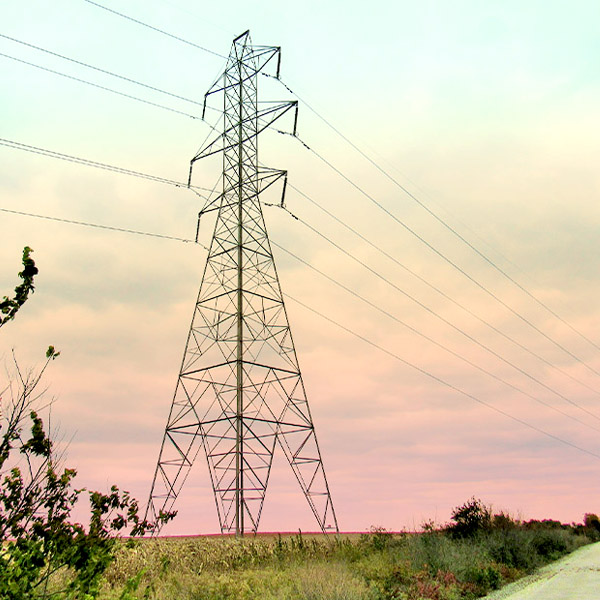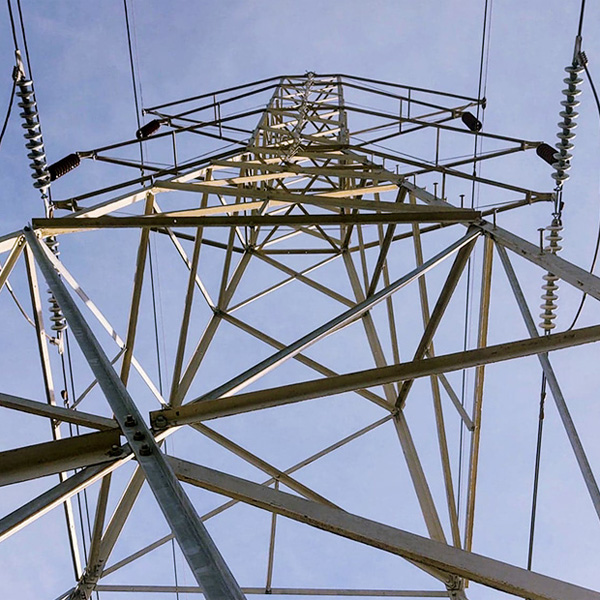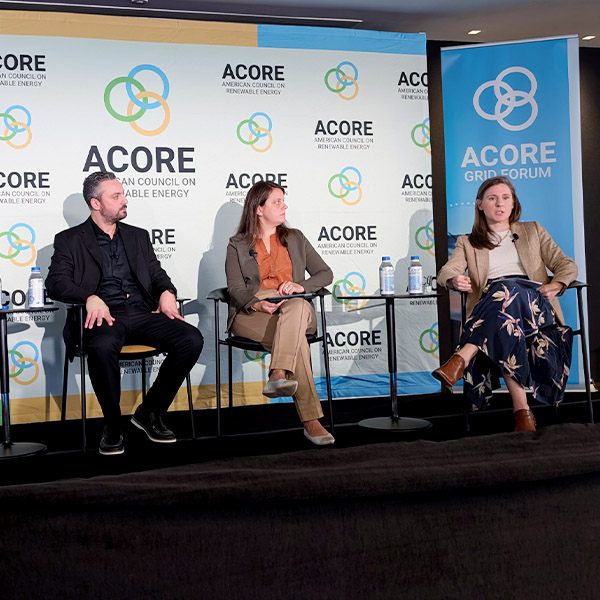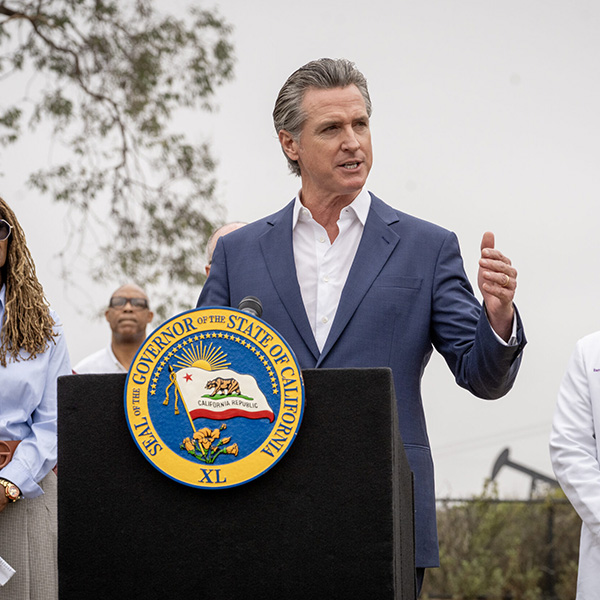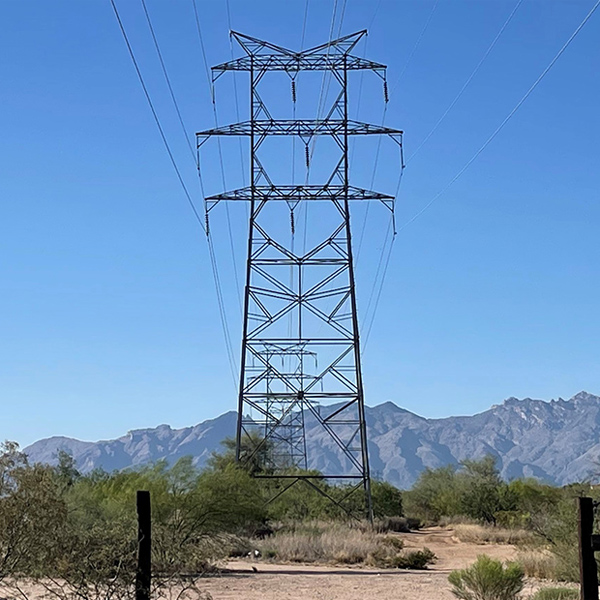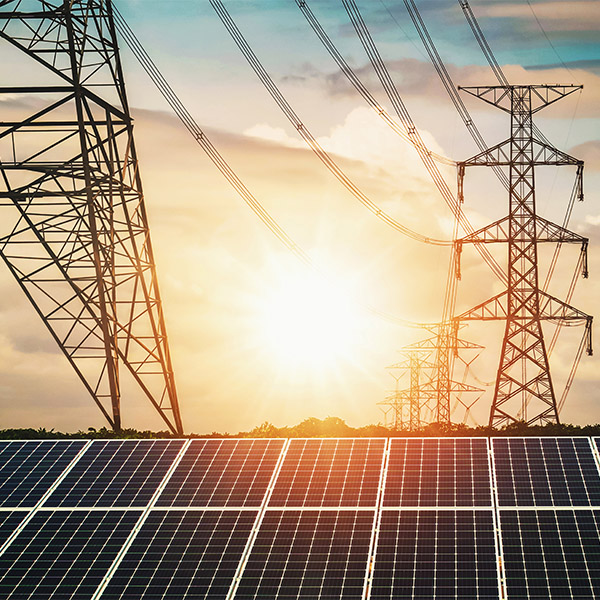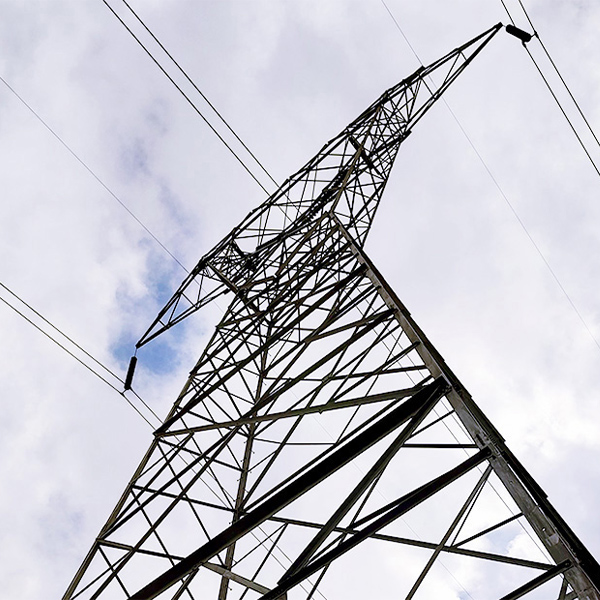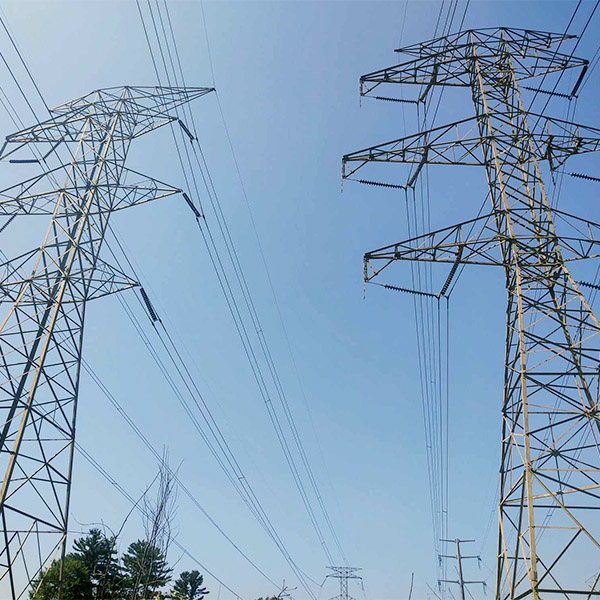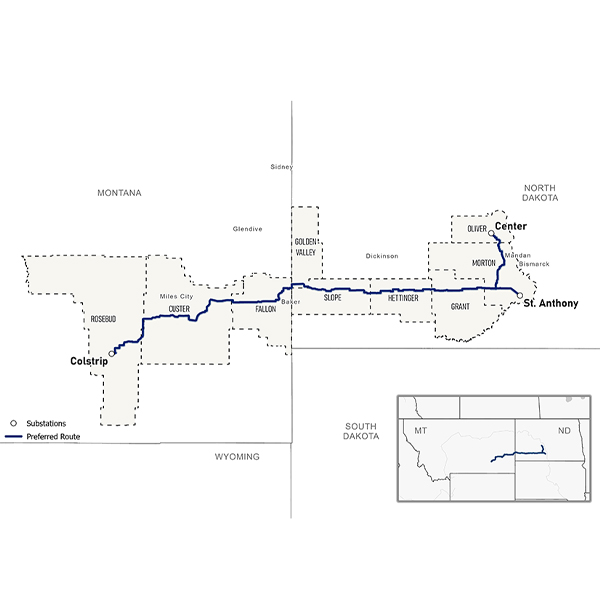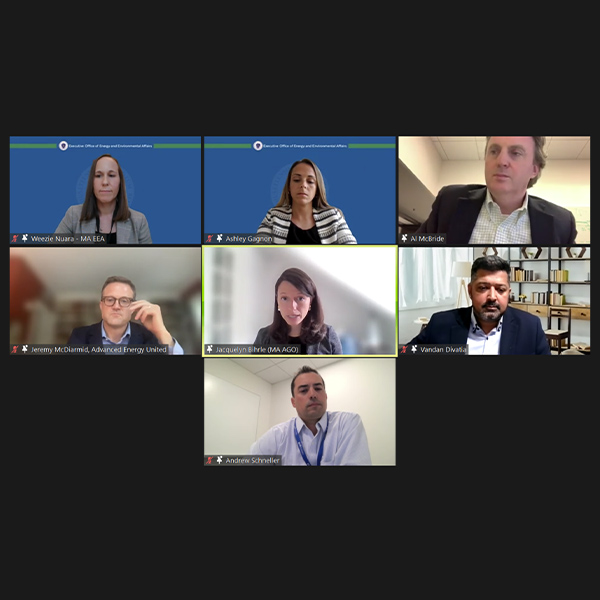grid enhancing technologies (GETs)
Utilities and grid operators urged caution on new dynamic line rating requirements while state regulators, consumers and grid enhancing technology firms said they want the mandates.
The commission received dozens of comments on its advanced notice of proposed rulemaking that would require broad use of dynamic line ratings across the U.S. transmission grid.
Different industry stakeholders have estimated it may take five to 10 years for FERC Order 1920 to have any major impacts on transmission planning.
The bills signed by the California governor cover rules around transmission approval, GETs, grid reliability standards and bi-directional EV charging.
California's governor has signed a bill that proponents say will speed the deployment of grid-enhancing technologies — techniques that can rapidly boost grid capacity and increase the use of renewable resources.
Advanced transmission technologies can help utilities meet the rising levels of demand that are stressing the grid, according to a report from the Massachusetts Institute of Technology’s Center for Energy and Environmental Policy Research.
Americans for a Clean Energy Grid released a report highlighting the critical role states can play in modernizing and expanding the grid.
NYISO has begun gathering stakeholder input on its FERC Order 1920 compliance plan, giving stakeholders a preview of the revisions needed.
DOE announced its second round of grants for the GRIP program, with $2.2 billion going to eight projects that could expand grid capacity, reliability and flexibility across 18 states.
Panelists at a forum convened by the Massachusetts Executive Office of Federal and Regional Energy Affairs said advanced transmission technologies will be essential to limiting transmission costs.
Want more? Advanced Search
